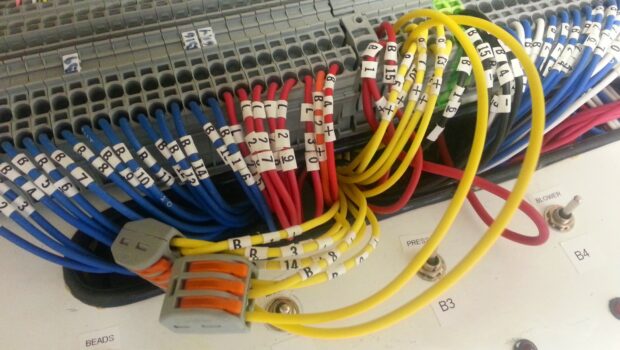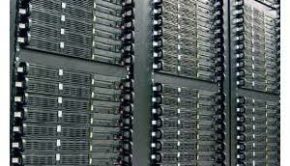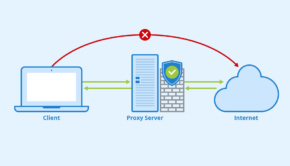A Guide to what is TR-369
Probably it’s your first time to hear about the User Service Platform (USP). And you are also wondering what is TR-369. TR-369 USP is a technical and advanced standard that expounds more about the data model and the application layer protocol great for remote management of connected devices.
The application is excellent for connected business and consumer devices by both end-users and key providers. With the high demand for remote management of connected devices, it has not been easy to develop effective solutions. The available solutions have not been able to streamline the demanding environment.
The good news is that TR-369 has been built to revolutionize the world of connected devices. For instance, Telcos and Service Providers require a means to upgrade, manage, bootstrap and monitor all the connected devices. USP will leverage the knowledge and experience of earlier standards to overcome any challenges.
TR-369/USP will exceptionally represent the de facto standard set for Device Lifecycle management. These advancements can be attributed to the incredible efforts of the Broadband Forum of 2004. It came up with the CPE WAN Management Protocol (CWMP) or TR-069 that made it easy to find a suitable solution for remote management of routers, modems, or gateways.
Many homes or premises at the time had one PC, and it wasn’t easy to even stream live movies on platforms like Netflix. Interestingly, your fridge couldn’t also alert you when your products are spoiling or running out. People only relied on a bidirectional connection between the auto-configuration server (ACS) and CPE (Customer Premises Equipment).
With the many technological advancements we are witnessing, CWMP is no longer a reliable solution in the world of connected devices. It’s not enough when arranging services that allow multiple end-users to manage their extensive device collection. But TR-369 has provided practical solutions and many institutions or individuals with much-needed relief.
Major USP/TR-369 Management Functions
A lot has changed with TR-369, as this standard has made it easy to do a lot for connected device lifecycle management. With this in mind, the major USP management functions include:
Lifecycle Management
Lifecycle management of all connected residential devices is a crucial role TR-369 has played. The protocol will make it easy to impact the whole life cycle of the connected devices. It will make it easy to undertake service provisioning, device configuration, and device authentication.
Device Upgradability
TR-369 guarantees device upgradability where users will rest assured of better firmware notifications, software extensions, and security patches. Controllers will be notified when an event takes place and can act without fail and within the shortest time possible. Hence, they will benefit from upgraded firmware and rest assured of the best performance from their devices.
Bringing Devices into Service
With TR-369/ User Service Platform, it will be easier to bring brand new and connected devices into services. They will effectively function without any technical or security hitches.
Status Monitoring
TR-369 is a vital tool that will help monitor the connected devices and send notifications about their performance. They will also act upon home network connections and services.
Quality of Service Monitoring
QoS allows monitoring network services and clients such as DNS, firewall, and connected user access or hosts. It will make it easy for the provider to check the network performance metrics of the device and the quality of the service.
Quality of Experience Monitoring
USP allows Telcos and service providers to monitor device quality and determine how long you can use it. QoE helps see what kind of connection experience the user is getting and in terms of quality. The process will include checking home ecosystem service parameters.
To Sum Up
TR-369/USP has become an essential tool for Telcos and service providers in today’s digital era. It has made it easy for many homes and business premises to effectively monitor, manage, upgrade, and control their Wi-Fi devices. USP has made IoT device management easier, guarantees versatility of relaying messages, and comes in a robust design that defines the proper data transfer mechanism between user and provider. Hence, it’s a valuable tool that will transform the whole industry.
















